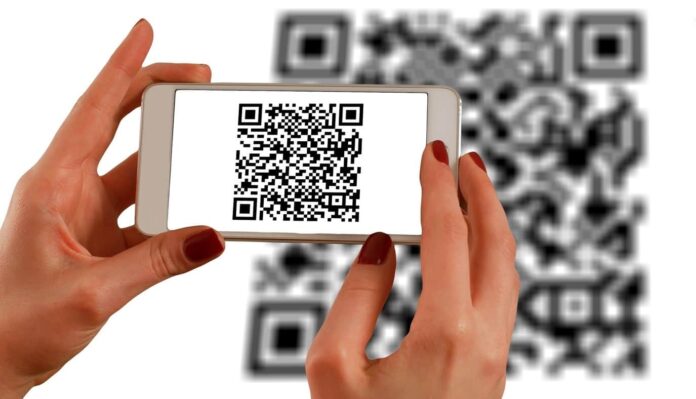A QR code is a machine-readable code consisting of an array of black and white squares, typically used for storing URLs or other information for reading by the camera on a smartphone.
The QR code system was invented in 1994 by Denso Wave, a Japanese subsidiary of the Toyota Motor Corporation. Its main purpose was to track vehicles during the manufacturing process, but it has since been adopted for a wide range of other applications including commercial tracking, product labeling, and inventory management.
QR codes can be read by any device with a camera and an appropriate reader application installed. Most smartphones come with such a reader built-in; for others, there are numerous free apps available. When scanned, a QR code can redirect the user to a specific website, display contact information, or provide some other type of data. QR codes are becoming increasingly popular as a means of providing quick and easy access to information.
There are a number of factors that contribute to the popularity of QR codes. First, they are very easy to create and print. Second, they can be read by virtually any device with a camera. And third, they offer a quick and convenient way to access information.
Despite their many advantages, QR codes do have some limitations. One is that they are often difficult to scan accurately. Another is that the data they contain can be easily corrupted if the code is not printed correctly. Finally, QR codes are not yet widely supported by all devices and operating systems.
Types of QR Code
There are two main types of QR codes: static and dynamic. Static codes are the most common type of QR code and can be used for a variety of purposes, such as sharing contact information or providing a link to a website. Dynamic codes, on the other hand, are less common and can only be used for one specific purpose, such as linking to a specific video or product page.
Static QR codes are more versatile and can be used in a variety of ways. For example, you can use a static QR code to share your contact information with others by storing your name, phone number, and email address in the code. You can also use static QR codes to provide a link to a website or online document.
How to scan a QR Code?
1. Open the QR Code scanning app on your phone.
2. Hold your phone up to the QR Code you want to scan.
3. The app will automatically scan the QR Code and display the information it contains.
4. You can then save or share the information as you like.
Scanning QR Codes is a quick and easy way to get information about something without having to type it out or search for it online. So next time you see a QR Code, don’t be afraid to give it a try! You might be surprised at what you can find out.
What is a vCard QR Code?
A vCard QR code is a QR code that contains a vCard file. A vCard, or virtual contact card, is the standard file format for electronic business cards. Within each vCard can be a name, title, logo, photo, phone numbers, physical addresses, and email addresses.
Historically, vCards have been sent and received via email, text message, or instant message. But QR codes have made transferring basic contact information much quicker and easier.
When you scan a vCard QR code with your smartphone, the encoded information will be imported into your phone’s contacts list. This is a convenient way to quickly add new contacts without having to type in all the information manually.
If you need to share your own contact information with someone, you can generate a vCard QR code from your phone’s contacts list. Many QR code generators also support vCard QR codes. So the next time you see a vCard QR code, go ahead and scan it! It just might come in handy.
Conclusion
QR codes are a quick and easy way to share or store information. They are becoming increasingly popular as a means of providing quick and easy access to information. While they do have some limitations, such as the potential for inaccurate scanning and data corruption, QR codes offer a number of advantages that make them a convenient option for many people.

